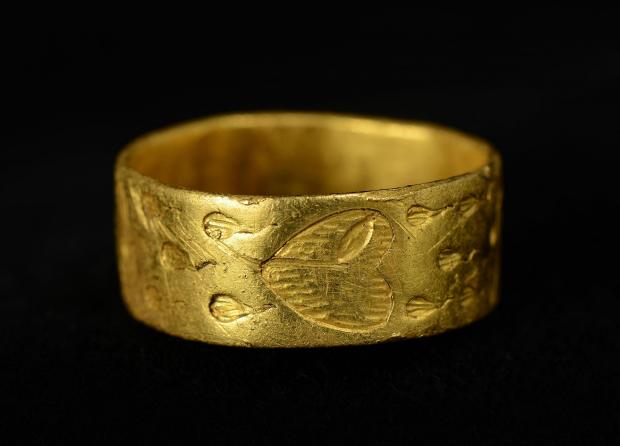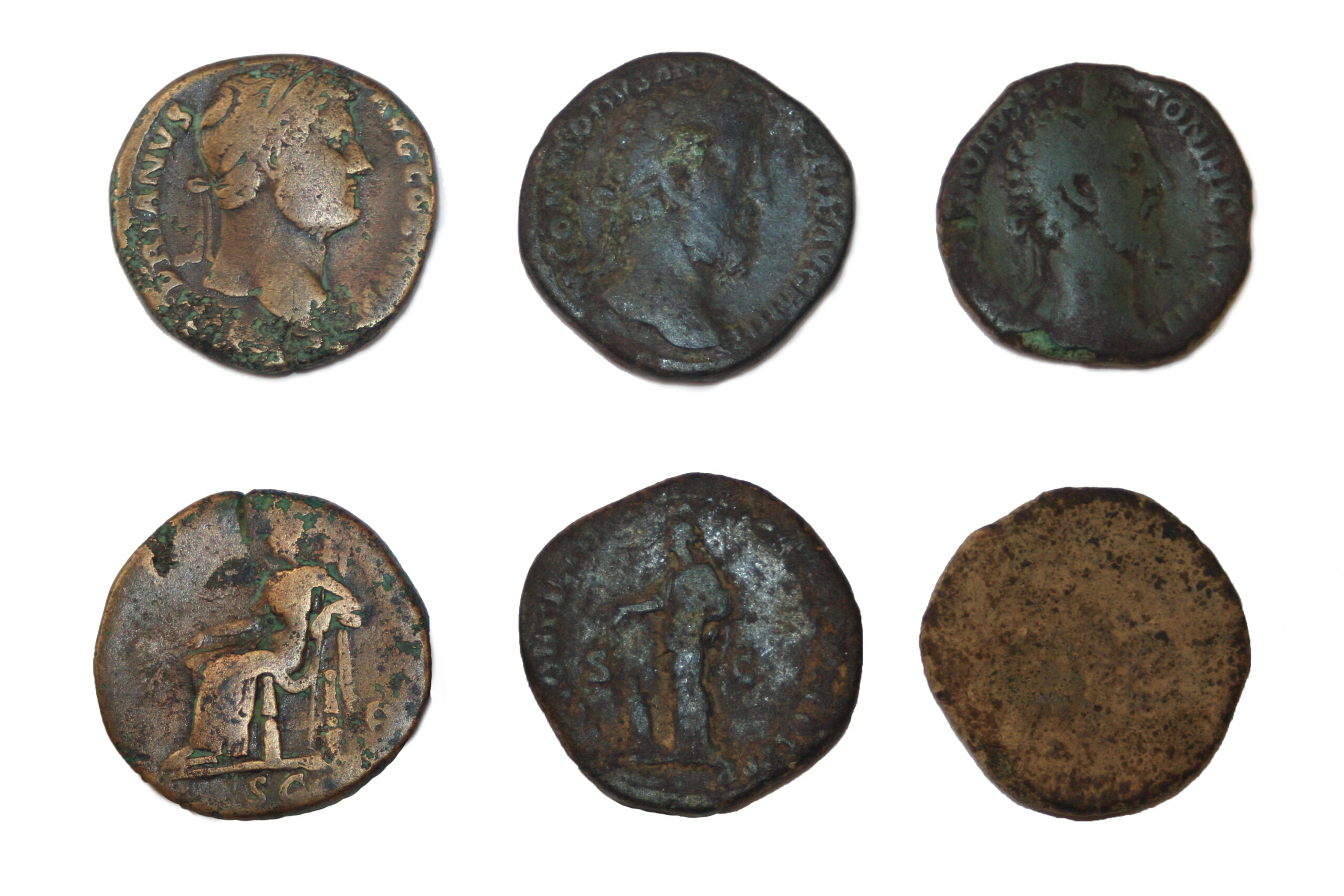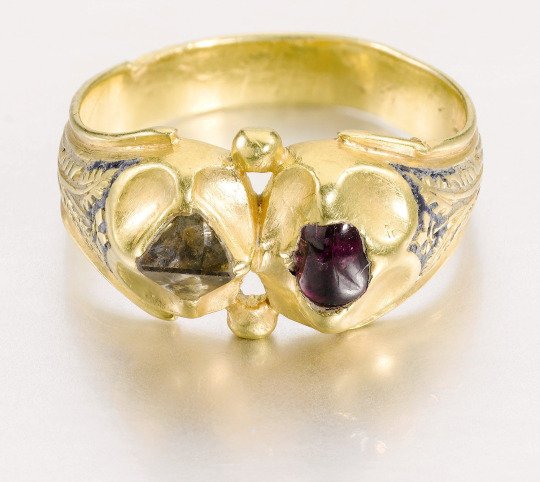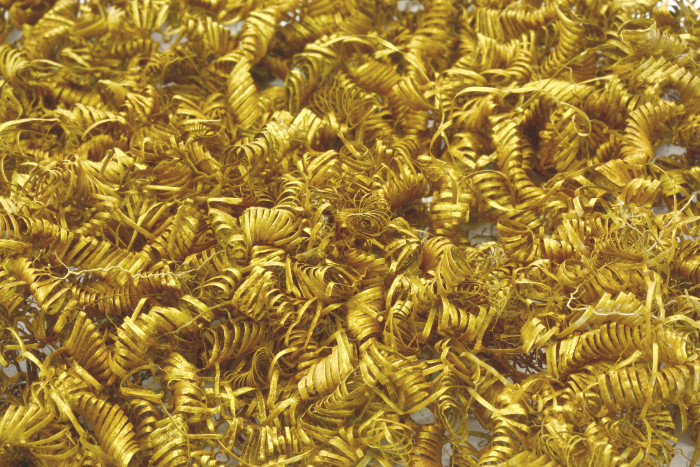A medieval gold ring found by a metal detecting enthusiast has gone on display for the first time.
The 15th Century ring, decorated with images of the five wounds of Christ, was found in Durham City in 2014 and declared as treasure. It has now been bought by Durham University’s Museum of Archaeology and has gone on permanent display on Friday (July 10) in the Living On The Hills gallery, the museum’s new home in Palace Green Library. Museum curator, Gemma Lewis said: “Living on the Hills reveals the lives of the people who lived in Durham over thousands of years, displaying the tools, cups, bowls and other everyday objects they used. “It is wonderful to be able to add this ring to the gallery. The ring is decorated with images of the five wounds of Christ surrounded by drops, thought to represent drops of Jesus’ blood. During the medieval period the wounds of Christ were thought to have protective qualities.”








